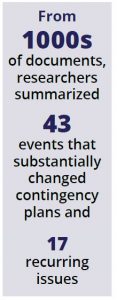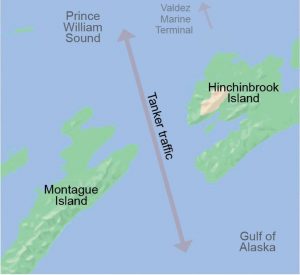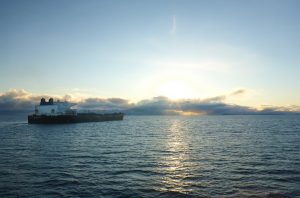
Thousands of pages of documents. Countless meetings and workgroups. Over thirty years of oil spill drills and exercises.
That’s what you’d previously have to dig through to truly understand the oil spill contingency plan for Prince William Sound’s tankers.
Not anymore. A new report has now distilled that history down into one report.
The Council partnered with experts at Nuka Research and attorney Breck Tostevin to comb through decades of letters, reports, and meeting notes. They were looking for details on how the plan, and the regulations that shaped the plan, developed.


 Update: Deadline has passed.
Update: Deadline has passed.